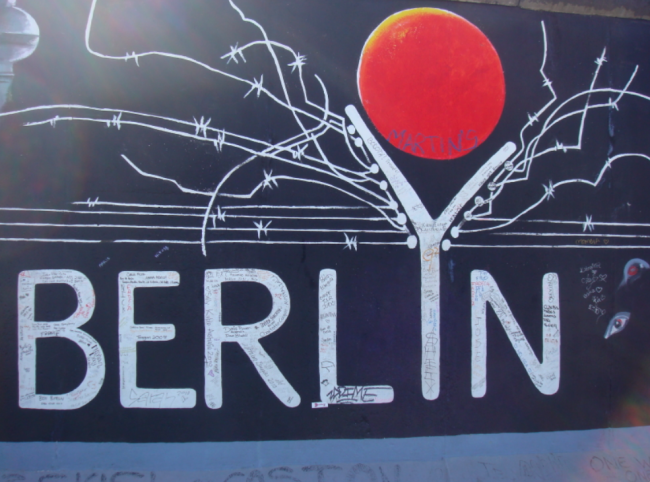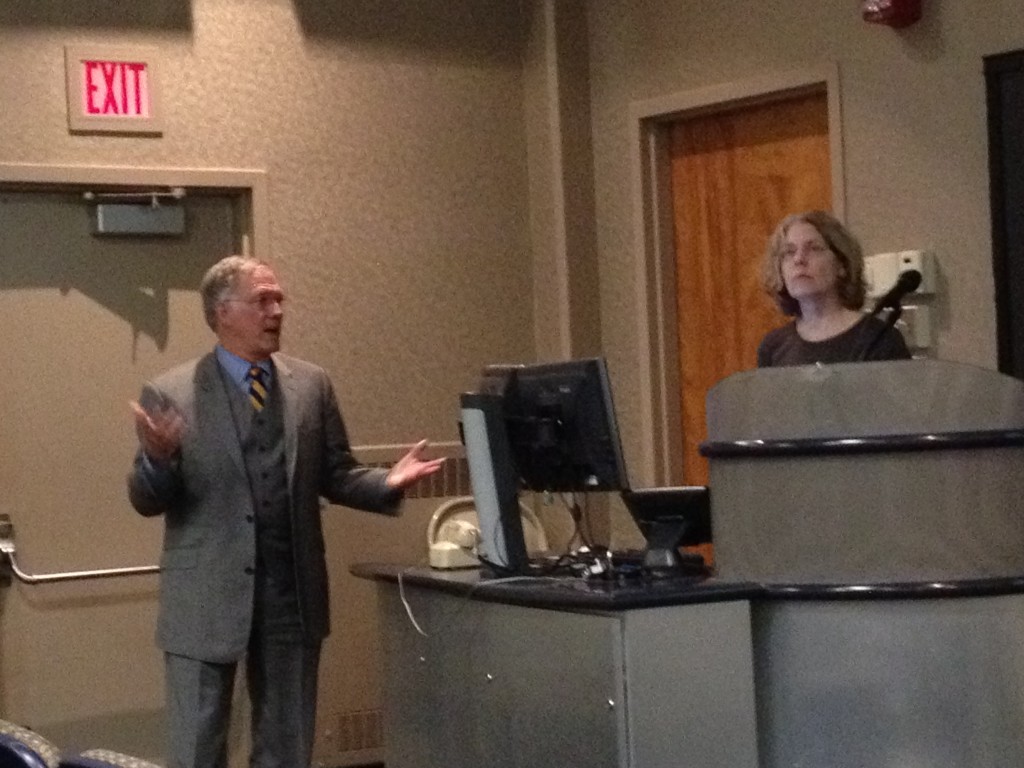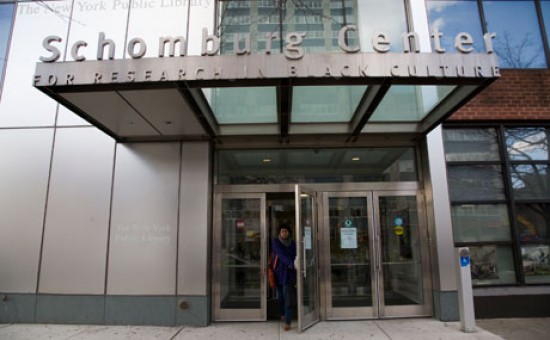History Dept. Meet-n-Greet
By: Francis Russo (Class of 2012)
About a week ago in a room inside of a room, the History Department held a ‘meet and greet’ for faculty and students. If you’ve never been to the Goodwin Lounge, stop by—its transplanted interior is a hidden gem whose antique eloquence is a great place for anything history. I had only been reminded of the event a few hours before by a fellow history friend, and walking over we had a lurking suspicion we might be the only ones there. However, it turned out to be a filled room and lively event. The Adam Whitehurst Trio jazzed up conversation and light food was served. A good number of professors appeared. There were also a fair number of students, some veterans of history major-dom and some just about to enlist. Topics of discussion ranged all over the board. The meeting was a nice reminder that the history department faculty and students could congeal into a recognizable body. Perhaps the labyrinthine guts of Seabury limit a community space for impromptu conversation, but the ‘meet and greet’ was a nice opportunity for some history department solidarity. Stay tuned for more events.
Meet Team Senior Thesis
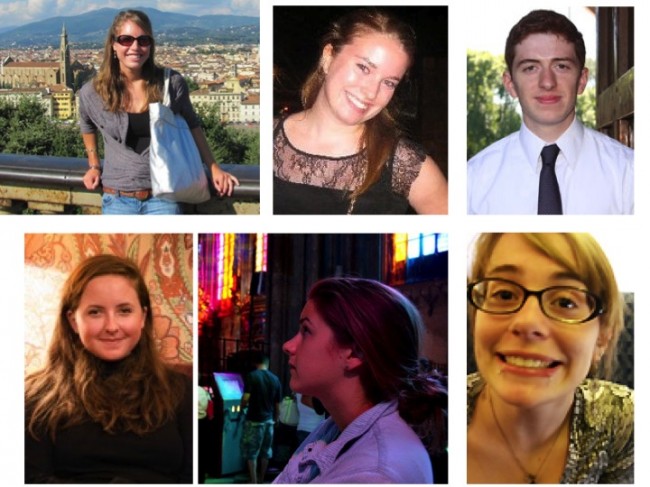
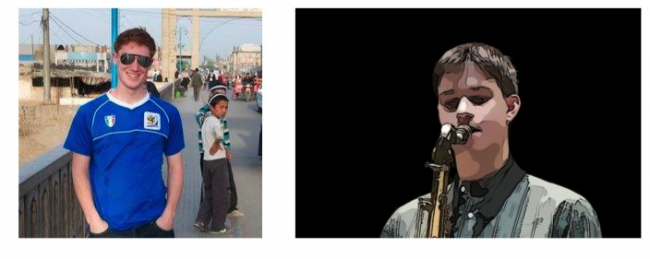
By Jacob Pronit (Class of 2012)
Seniors are busy people but seniors who write theses are really busy people. Thankfully, because they are super nice and wonderful, each senior history author took a couple minutes to write a short profile for the history blog. We hope you like our questions and their answers!
(more…)
Leading Egyptologist Reveals Findings
 By: Alyssa Rosenthal (Class of 2013)
By: Alyssa Rosenthal (Class of 2013)
From The Trinity Tripod, 21 February 2012
“Trinity welcomed one of the world’s foremost Egyptologists to campus on Wednesday, Feb. 15 to speak about her recent discoveries at Abydos, one of the most ancient cities in Upper Egypt. Associate Professor of Classics Martha Risser introduced Dr. Janet Richards, who was “deliriously happy to be back in New England.” The program was organized by Trinity’s Classics Department and the Hartford Society of the Archeological Institute of America. Richards is currently an Associate Professor of Egyptology in the Near Eastern Studies Department and Associate Curator for Dynastic Egypt at the Kelsey Museum at the University of Michigan. She has been the Field Director at the Abydos Middle Cemetery Project in Egypt since 1995, where her most notable achievement was the discovery of the lost tomb of Weni the Elder, one of the king’s officials, and his lengthy biography. Richards has published books about architecture, art, and society in ancient Egypt. Her most recent publication is titled Order, Legitimacy, and Wealth in Ancient States. Before diving into her presentation, titled “People, Politics, and Piety in Ancient Egypt,” Richards told her listeners she wanted to “bring [them] into the process of discovery.” She situated her findings from the sixth dynasty of ancient Egypt, around 2300 B.C., during the reign of King Pepi I. The great pyramids were built at Giza about a century earlier, during the fourth dynasty.”
Read full article HERE.
Berlin Odessey: Study Away in Berlin
By: Jake Prosnit, Class of 2012
As a history major, I could not have chosen a better city to study abroad in. Berlin is a place rich with history, old and new. I could walk along the banks of the Spree and imagine Berlin, the 13th century fishing town. I could journey 30 minutes by train to Potsdam and stand in awe of Frederick the Great’s summer palaces, a symbol of the once dominant Prussian nobility. I could stroll through the old Jewish neighborhoods and try to envision what the people and the city looked liked before fascism and allied bombs destroyed it. I could touch the Berlin wall and still sense the divide between East and West. I saw it in the architecture; I saw it in the memorials; I saw it in the language; I saw it thru my host mom (an East German) and my host dad (a West German). I am fortunate to have experienced all these ancient and modern wonders. Most importantly, I return home having more questions than when I began.
American Historian Abroad

By: Daniel Morgan (Class of 2013)
As an American studying abroad, the two most frequent questions I received over my regrettably brief stint in Edinburgh were, firstly, why I had decided to travel some thirty two hundred miles just to study history; and secondly, why someone born and raised in the States would be so interested in medieval history. Before I could even begin to answer these questions, though, I thought that I should first answer why so many people would think to ask me these same two.
It must have seemed baffling from the point of view of a UK citizen studying the humanities, and perhaps many European humanities students in general, to travel so far just to read the same books or listen to similar lecturers/professors expound upon the same subjects. After all, one of the most wonderful features of the humanities in general, and for me history in particular, is that it is concerned with a unified thought world, in which all philosophical partisanship is leveled out in the pursuit of “the truth,” or “meaning.” So, despite a few stylistic differences here and there, how is being taught history in a foreign country any different than studying history in one’s own country?
In this vein, the second question seems almost legitimate – what interest could an American possibly have in a history that is so far outside the realm of his own cultural and or personal experience? I suppose it must have seemed abundantly strange that the United States, lacking its own medieval past, could produce anyone interested in the medieval period at all. Yet a more important part of this question to some was in tacitly asking how an American could even hope to comprehend the true depth of a history not his own.
(more…)
Lecture: ‘How the Irish Became Black’ with Prof. Bruce Nelson

By Michael McLean (History major, Class of 2014)
Today’s history lecture titled “How the Irish Became ‘Black’: Irish Identity in the 19th Century” provided an in-depth look at Irish identity and race relations. After giving a brief historical context on Ireland (the potato famine, mass emigration, British imperialism, etc.). Historian Bruce Nelson of Dartmouth College provided a number of images and anecdotes which displayed how the Irish were indeed labeled as a black, “negroid” race in the US and England, far inferior to other white Europeans. For instance, the Irish frequently appeared in political cartoons depicted as ape-like creatures, and were described as lazy savages with dark skin. The arguments for this kind of thinking are of course ridiculous, if not outright laughable. Nevertheless, Nelson highlighted a vital phenomenon in the history of racial identity. It is now scientifically accepted that there is no biological basis for race, but rather a social construction, and skin color has no affect on personal characteristics (i.e. intellect or diligence). Still, concepts of race still dominate much of our lives in the US and act as a tool to perpetuate inequality. In this way, the lecture was a crucial reminder that race is not as fixed as many of us would like to believe, and what constitutes “blackness” has changed dramatically over the course of history.
Borden W. Painter Jr Lecture: Prof. Kathleen Kete
By: Carolyn Taratko (History, Class of 2012)
On Tuesday, February 7th Professor Kathleen Kete gave the inaugural Borden W. Painter Jr. Lecture in the McCook auditorium. Professor Kete lectured on her current project, a history of the Alps in the French Revolution. Using Horace Benedict de Saussure’s Voyage dans les Alpes (held in our own Watkinson Library) as a guide, she interrogates the relationship between natural and civil history in the eighteenth century. Saussure, a Genevan aristocrat, was also a naturalist and a climber whose 1787 summit of Mont Blanc captured the nation’s attention. His extended forays into the Alps resulted in extensive observations on botany, geology and glaciers, but also nuanced descriptions of the mountains and the people who inhabited them. These two spheres of inquiry, the first scientific and the second picturesque, were published separately in post-Revolutionary France.
(more…)
Schomburg Thesis Research with Prof. Markle
“Yesterday, Professor Markle took me to the Schomburg Center in New York City. Located in Harlem, the Schomburg is one of America’s best repositories of African Diaspora sources. I did research for my senior thesis, and Professor did some research for his book.” Continue reading HERE:
Lecture: Recovery and Clean-Up Stalls in Wake of Japan’s Earthquake and Tsunami
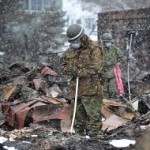 “HARTFORD, CT, November 16, 2011 – The devastation from the magnitude 8.9 earthquake that struck northeastern Japan in March of this year is almost unimaginable, with tens of thousands of people having fled, leaving the poor and the elderly to fend for themselves and gigantic piles of debris everywhere. That was the bleak picture painted by Jeffrey Bayliss, associate professor of history and an expert on Japan and Japanese culture and history, and Amelia Wei ’12, who spent a month in Japan during the summer conducting research concerning the recovery and relief efforts. Bayliss and Wei spoke at a November 15 Common Hour event sponsored by the Center for Urban and Global Studies.
“HARTFORD, CT, November 16, 2011 – The devastation from the magnitude 8.9 earthquake that struck northeastern Japan in March of this year is almost unimaginable, with tens of thousands of people having fled, leaving the poor and the elderly to fend for themselves and gigantic piles of debris everywhere. That was the bleak picture painted by Jeffrey Bayliss, associate professor of history and an expert on Japan and Japanese culture and history, and Amelia Wei ’12, who spent a month in Japan during the summer conducting research concerning the recovery and relief efforts. Bayliss and Wei spoke at a November 15 Common Hour event sponsored by the Center for Urban and Global Studies.
(more…)
Mead Lecture: Yale Professor Visits Trinity, Discusses Genocide

By: Jordan Hillier (Class of 2015)
“On Wednesday, Nov. 9 Whitney Griswold Professor of History at Yale University Ben Kiernan held a lecture at Trinity College about the history of Genocide. He stated that the legal definition of genocide is defined as “deliberate and systematic [acts committed with intent to destroy], in whole or in part, an ethnic, racial, religious, or national group.” He explained to a group of Trinity students what he had learned over the past few years through his extensive study of the term, idea, and reality of genocide. What Kiernan discussed during his lecture was a conclusion he came to, which was that while some incidents reside soundly within the legal definition of “Genocide”, this description cannot encompass all of the episodes that take place. Kiernan walked the audience through the history of genocides and the characteristics of the horrendous acts that take place. No two acts of genocide are alike, however genocidal thinking is generally racist and based on religious ideals.
(more…)

